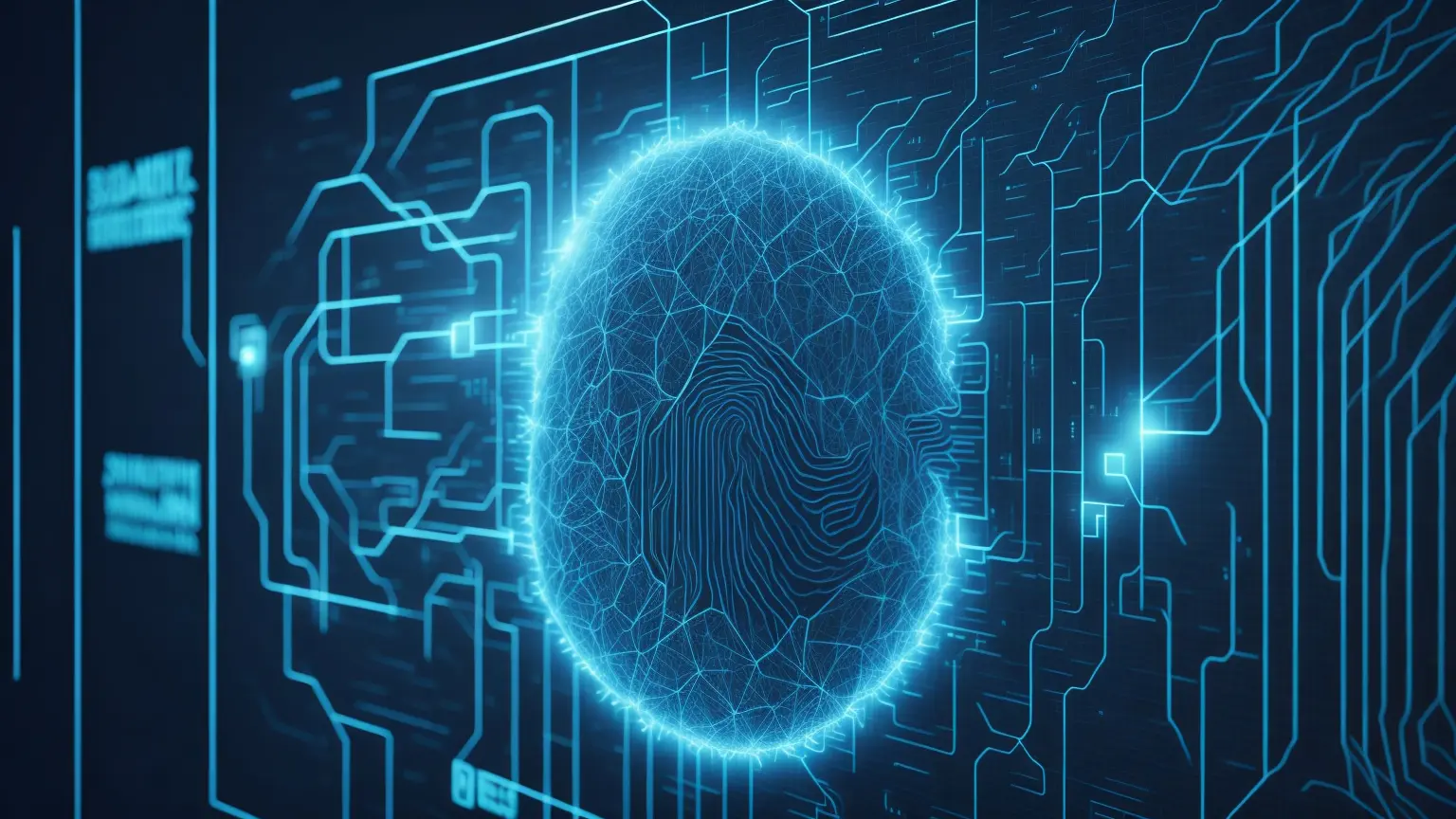Blockchain for Biometrics: A New Level of Security or a Threat to Privacy?


In the evolving landscape of digital security, the intersection of blockchain technology and biometrics is sparking significant interest. These two technologies bring the promise of enhanced security and authenticity. But at the same time, concerns about privacy and misuse of personal data continue to loom. This article delves into the potential benefits and challenges of applying blockchain technology to biometrics.
Understanding Blockchain and Biometrics
Blockchain is a decentralized, immutable ledger technology that provides a high level of security and transparency. Biometrics involves the use of unique physical or behavioral characteristics, such as fingerprints or facial features, for identification purposes. The combination of these two technologies could revolutionize the way we manage and secure our digital identities.
The Promise of Blockchain for Biometrics
Blockchain technology could potentially address some of the primary concerns associated with biometrics, such as data breach and fraud. By storing biometric data on a blockchain, it becomes virtually impossible for hackers to manipulate or steal this information. The transparency of the blockchain also ensures that any changes or transactions are logged and can be traced back, providing an extra layer of security.
Real-world Application
Today, there are already instances of blockchain being used for biometrics. For instance, HYPR has developed a solution that allows biometric data to be stored on the user’s device while using blockchain for authentication. This eliminates the need for centralized storage of biometric data and reduces the risk of data breaches.
Challenges and Concerns
Despite the potential advantages, the use of blockchain for biometrics is not without its problems. One of the key concerns is the ability to delete or alter biometric data. Since one of the key characteristics of blockchain is the immutability of information, this could pose a problem if a user wishes to remove their biometric data from the system.
The Future of Blockchain and Biometrics
Blockchain and biometrics will undoubtedly continue to evolve in the future. It is likely that we will see new solutions that can merge these technologies to provide a high level of security without compromising privacy.
Conclusion
Blockchain and biometrics represent promising technologies that could impact many aspects of our lives. They offer innovative approaches to security, but careful consideration must be given to privacy issues. Regardless, these technologies remain a subject of active research and debate, and their future largely depends on how we choose to utilize them.
Recent Posts
How to Manage an Online Community: Best Practices for Success
In today's digital age, online communities have become a pivotal aspect of brand building, marketing, and fostering user engagement. Proper…
The Future Smart Home: Automation, Energy Efficiency & Next-gen Technologies
Automation, Energy Efficiency, and Cutting-edge Technologies in Domestic Management. 1. Introduction In today's world, technology continues to become more integrated…
Building an Online Community: A Step-by-Step Guide
In today's digital age, online communities have become hubs for knowledge exchange, shared interests, and camaraderie. If you're thinking of…
Blockchain’s Revolution in Real Estate: Ushering in Transparency
Blockchain, originally known as the backbone technology of cryptocurrencies, holds potential far beyond the financial sector. One such area where…
Leveraging Graph Databases for Complex Data Structure Analysis: An Overview of Benefits and Application Methods
The contemporary data landscape is ever-expanding and becoming more intricate, and conventional analysis tools and methods often fall short in…
Leveraging Quantum Computers in Scientific Research: A Revolution in the World of Science
The emergence of the first working prototypes of quantum computers signaled a new era of scientific exploration. With a fundamentally…